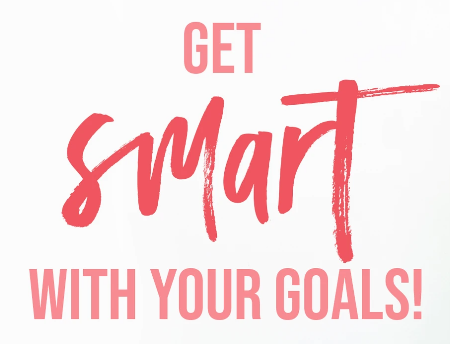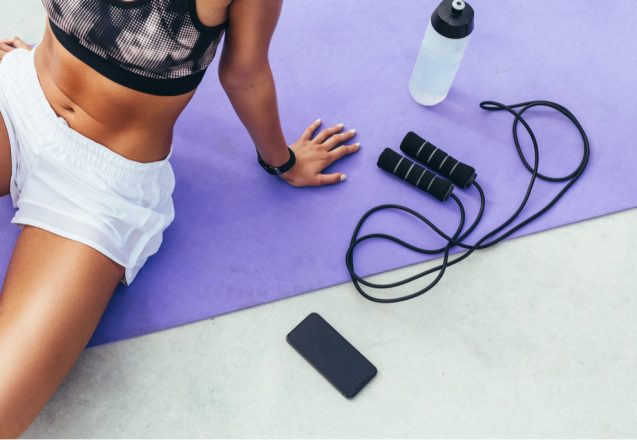
Setting up a home gym is the perfect choice for those who don’t want to pay for a gym membership or want to exercise from the comfort of their own home. Even if you don’t have a lot of room in your house, there are plenty of ways of building a home gym that don’t require large amounts of space or building knowledge.
One of the most important parts of working out at home is making sure your home gym is set up to inspire, motivate, and allow you to get the most out of your workouts. Having your home gym set up properly means ensuring you have the equipment and space you need to easily go work out whenever you want.
1. Choosing a space
The first step to building a home gym is choosing the space you will be working out in. But before you do that, there are some things you need to consider:
How much space you have in your house
Ideally when setting up your home gym, you will have an area dedicated just for working out. However, if you live in a smaller home, you may not be able to do this. If this is the case, choose an area in your house that has enough room for you to work out in without disrupting other spaces.
This might mean your home study or your living room doubles as a home gym. Or if you have a spare room in your house that’s not in use? That is likely your best choice for setting up your workout space.
What workouts you will be doing
Think about the style of workouts you will be doing. For example, if you’re doing strength training at home with lots of equipment, you’re going to need a lot more space than if you’re just doing cardio HIIT workouts with little to no equipment. Have a think about the types of workouts you will be doing before choosing the space to ensure you’ll have enough room to get your workouts done comfortably.
Make sure you like the space
One of the most important parts of setting up your home gym is ensuring you like the space you’ve chosen. Whether that means having a dedicated room for your gym, or working out in your living room, make sure you set up your space so that you actually like being in it. If you don’t like going to your home gym, you’re not going to like working out in it.
2. Home gym equipment to get you started

The next step in setting up your gym is determining what home gym equipment you need to use. This depends on the style of workout you’ll be doing, or if you will be doing a combination of styles. There is some gym equipment designed specifically for cardio, others for strength training, and some for both.
Gym equipment for cardio
For cardio workouts, there are several different pieces of equipment you can invest in. The basic equipment you may want for setting up your home cardio gym includes:
Yoga mat
A soft yoga mat will help with protecting your joints in high-impact cardio exercises.
Skipping rope
A skipping rope is a cardio staple for jump rope exercises that can be added into any HIIT routine (or as a warm up exercise).
Ankle weights
Ankle weights are a great addition to almost any exercise, adding resistance that will make your cardio moves more challenging.
Resistance bands
Resistance band exercises help build overall strength and stamina in your cardio workouts.

Gym equipment for strength training
For strength training, there are several different items you can invest in to get the most out of your strength training workouts:
Dumbbells
Dumbbells add weight and resistance to almost any movement, making them an incredibly versatile addition to your home gym. If you don’t have access to dumbbells, you can always substitute with household items.
Kettlebells
Kettlebells are great for making lower body exercises more challenging, and are a useful staple to have in your home strength training gym.
Barbell and rack
A barbell and rack require a lot more space than dumbbells or kettlebells, but if you have access to a garage or larger space within your home, this will allow you to progress your strength training with heavier weights more quickly.
Fitball
Fitballs are lightweight and affordable, primarily used for core exercises.
Bench
A bench is useful for both strength training moves like bench presses, or cardio moves like bench jumps.
Gym equipment for recovery
And finally, it’s important to invest in items for post-workout recovery. While you don’t need equipment to do stretches, there are some items that can help enhance your recovery sessions:
Yoga mat
Yoga mats are useful for stretching, to support your knees and joints and soften any hard flooring.
Foam roller
A foam roller is a helpful recovery tool, allowing you to stretch out your muscles and reduce muscle soreness.
Trigger point ball
Trigger point balls target specific muscles points, allowing you to roll out any tense knots or tight areas in recovery sessions.
3. Set up your space
Once you know which equipment you will be using, you can then begin to set up your space. It’s important to get your space ready so that whenever you want to work out, you have a place to go that’s ready for it, and doesn’t require too much additional work on your side for setting up before you workout.
If you have the space, a great addition to your home gym is installing a full-length mirror. This is not for vanity reasons: a full-length mirror has two important purposes. The first is that you’ll be able to easily monitor your form to make sure you’re performing exercises correctly, and the second is that mirrors add more dimension and light to a room, making it look more spacious.
Make sure the space is de-cluttered and organized. This is so that you have plenty of room when working out, and that you feel totally comfortable in your home gym. The more comfortable you are in the space, the more likely you are to be motivated to actually go workout in it.
This might mean adding in additional storage solutions to store your gym equipment in, or reorganizing an existing space to make it less cluttered for your workouts.
Next up, find a permanent home for your chosen gym equipment. If you’re only using small weights and a yoga mat, for example, you may only need a storage cupboard to store them in when not in use. If you’re investing in larger items like a barbell and rack, however, these will need a permanent home in the gym space.
Regardless of which equipment you have, it’s important that they have a permanent place where you store them so that you don’t lose them and you’re able to create a sense of permanence in your gym environment.
Making your space motivational will encourage you to keep working out. You might like to decorate with motivational quotes or inspiring posters, color-coordinate your gym equipment, and/or add in speakers that you can automatically connect to your phone to play workout music. Whatever you choose, make your gym an inspiring place to be.
4. Keeping it clean and safe
An important part of setting up your home gym is making your environment clean and safe. This ensures there are no accidents or injuries, and you keep your space and equipment in good condition. Here are some ways to ensure your gym stays clean and safe:
- Ensure you have spray and wipe on-hand to clean down any equipment after use
- Wipe down your equipment and clean the space thoroughly after use
- Always put equipment away safely and securely after use. This might mean putting it away in a cupboard, or making sure barbells are put away securely on the rack. Don’t leave any equipment lying around that could be hazardous.
Tips for creating your home gym on a budget
Creating a home gym does not have to be a massive expense. While you can invest in large amounts of brand new gym equipment, this is not necessary for building a home gym. Below are some ways you can create your home gym without breaking the bank.
Go for secondhand items
If you don’t have a huge budget for building your home gym but you’d still like to invest in equipment, don’t worry. Visit your local op shops, or go online to secondhand marketplaces – there are always people reselling their gym equipment for a cheaper price.
Buy items in bundles
If you want to buy your equipment first-hand, look out for bundles of gym equipment. It is often better value to purchase items as part of a bundle, rather than to buying pieces of equipment individually.
Invest in versatile equipment
When you first set up a home gym, the best thing you can do is select items that can be used in many different ways. This means that with just a few pieces, you can have a varied workout that incorporates different training styles.
Items like dumbbells, resistance bands, and a bench, are basic exercise tools that allow you to do many different kinds of exercises on them. Comparatively, a piece of equipment like a treadmill only allows you to run or walk. That’s not to say that treadmills aren’t a useful tool (they are), but they can take up unnecessary room if you’re tight on space, or are just getting started with setting up your home gym.
Skip on the equipment
If you want to work out at home but you don’t want to invest in equipment, then just skip on the equipment. You can still set up a motivational home gym without it. Bodyweight exercises and at home cardio can both easily be done with no equipment necessary. Try our Home Body Workout to get started with no-equipment exercises from home.













